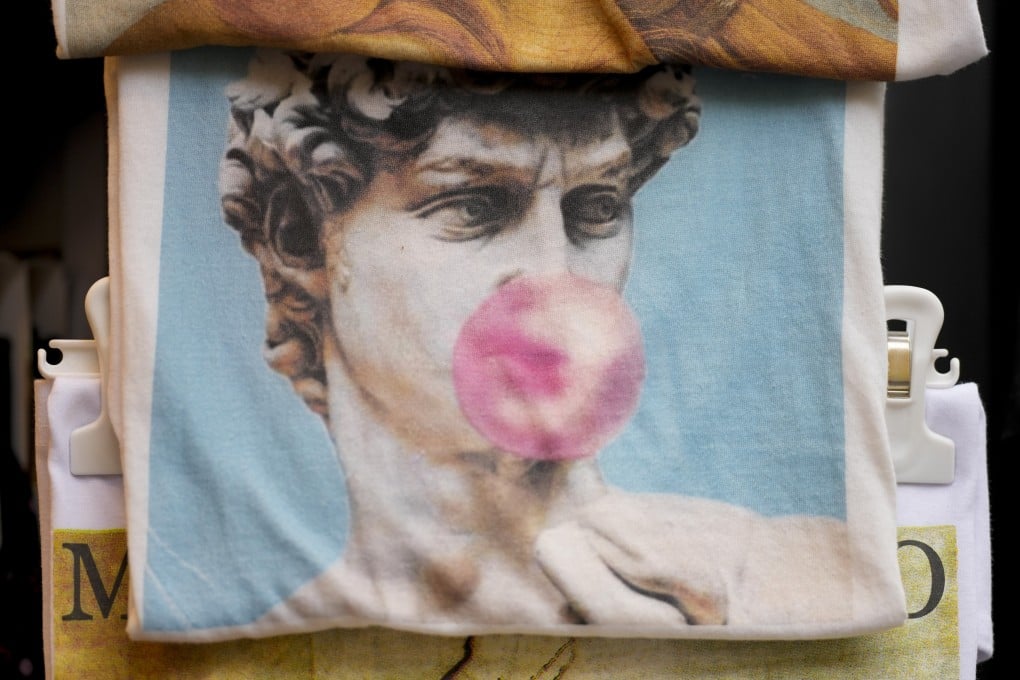Michelangelo’s David vs Goliath battle against those seen to debase the masterpiece’s image inspires wider resistance
- Cecilie Hollberg, of the institution that houses Michelangelo’s David, has long been fighting the Goliath of vendors she believes disrespect the statue
- Legal action has followed to protect masterpieces at other museums, prompting debate over the extent to which freedom of expression is being limited

Michelangelo’s David has been a towering figure in Italian culture since its completion in 1504. But in the current era of the quick buck, curators worry the marble statue’s religious and political significance is being diminished by the thousands of refrigerator magnets and other souvenirs sold around Florence focusing on David’s genitalia.
Cecilie Hollberg, director of the Galleria dell’Accademia – David’s home – has positioned herself as David’s defender since her arrival at the museum in 2015, taking swift aim at those profiteering from his image, who do so in ways she often finds debasing.
In that way, she is a bit of a David herself against the Goliath of unfettered capitalism, with its army of street vendors and souvenir shop operators hawking aprons of the statue’s nude figure, T-shirts of it engaged in obscene gestures, and ubiquitous figurines, often in Pop Art neon.
At Hollberg’s behest, the state’s lawyer office in Florence has launched a series of court cases invoking Italy’s landmark cultural heritage code, which protects artistic treasures from disparaging and unauthorised commercial use. The Accademia has won hundreds of thousands of euros in damages since 2017, Hollberg says.
“There was great joy throughout all the world for this truly unique victory that we managed to achieve, and questions and queries from all over about how we did it, to ask advice on how to move,” she says.